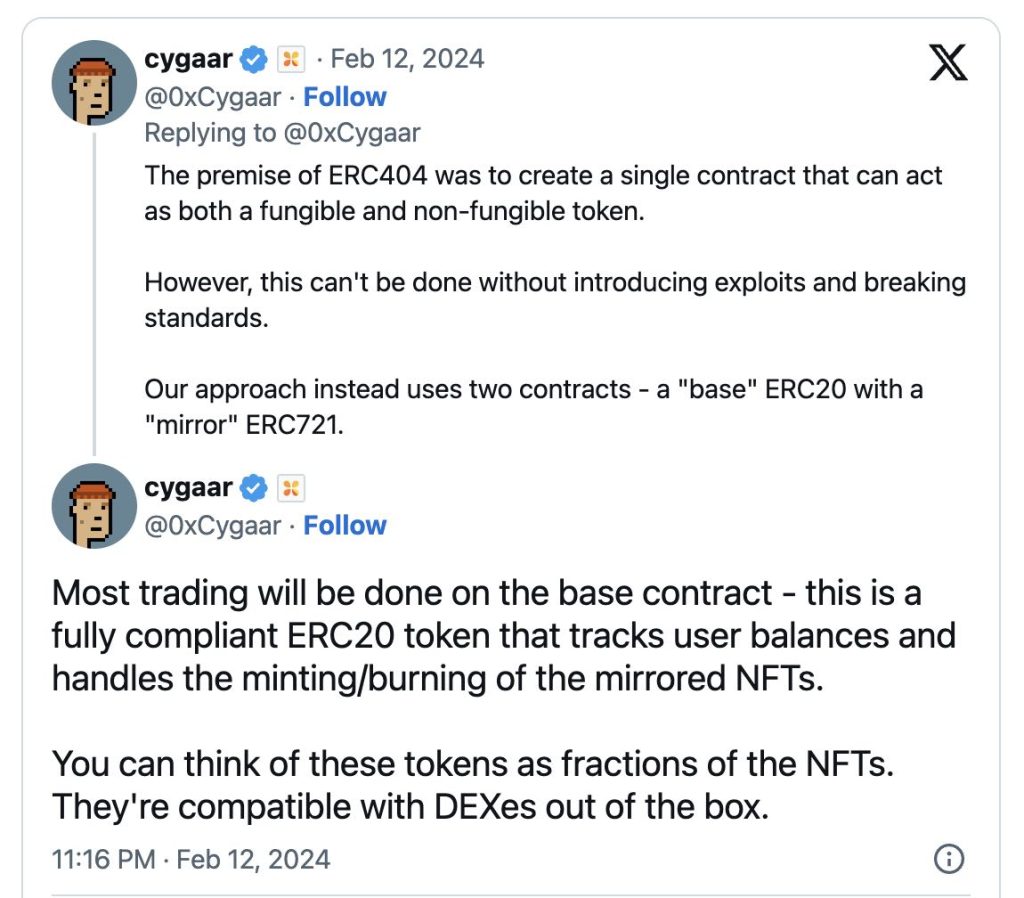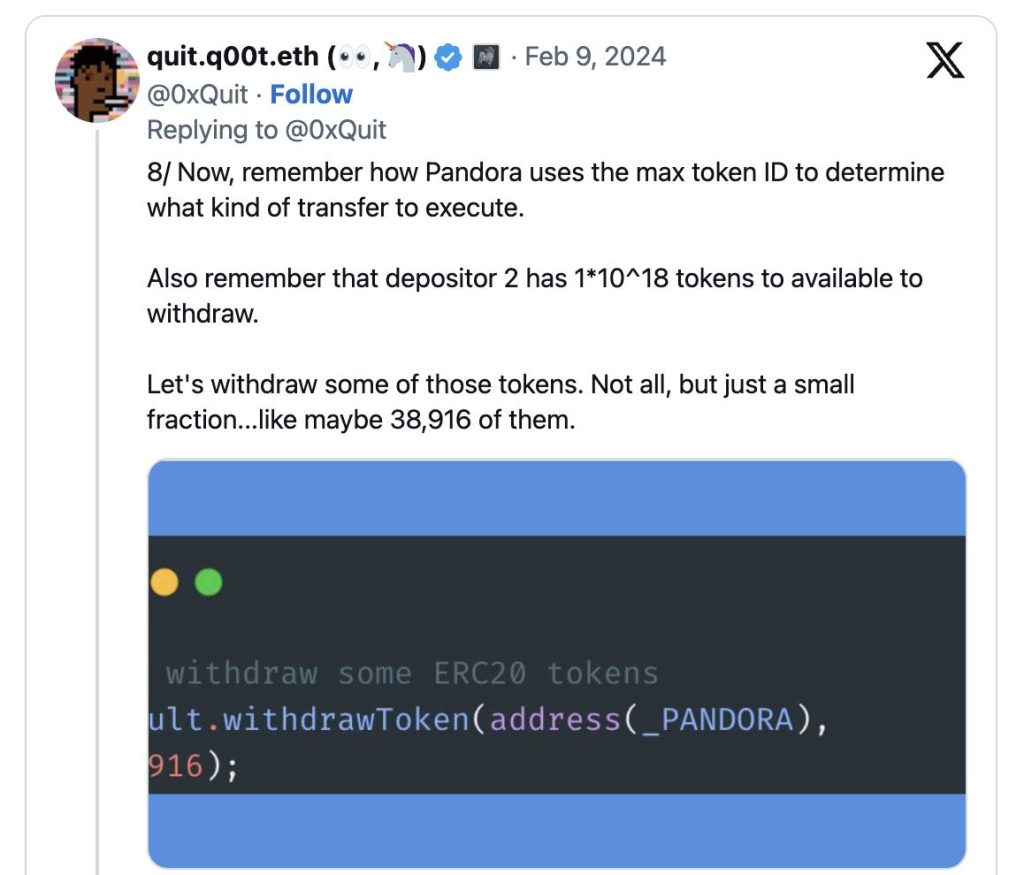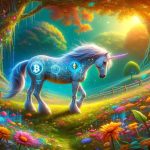The digital asset landscape is witnessing a paradigm shift with the introduction of hybrid Non-Fungible Token (NFT) standards, designed to bridge the gap between fungibility and uniqueness within the blockchain ecosystem. While the ERC-404 standard has been pioneering in promoting the concept of hybrid NFTs, a new competitor has emerged, signaling a potential shake-up in how digital assets are perceived, created, and traded. This development sparks a crucial debate within the blockchain community: Can this new hybrid NFT standard outpace the established ERC-404, or will it complement the diversity of the NFT ecosystem? Decentrahacks.com delves into this argument, exploring the ramifications of this new entrant on the NFT market and the broader implications for creators, collectors, and investors.
Table of Contents,
The Rise of ERC-404: Setting the Stage for Hybrid NFTs

The ERC-404 standard emerged as a groundbreaking innovation, offering a hybrid approach to NFTs by combining the attributes of fungibility and uniqueness. This versatility allowed for a broader range of use cases, from gaming assets that could evolve over time to digital art with varying editions, thereby expanding the market potential for NFTs. ERC-404’s introduction marked a significant milestone in the evolution of digital assets, catering to the growing demand for more complex and interactive tokenized experiences.
The New Challenger: A Fresh Perspective on Hybrid NFTs

Enter the new hybrid NFT standard, a protocol designed to rival and potentially surpass ERC-404’s capabilities. The proponents of this new standard argue that it addresses some of the limitations and challenges associated with ERC-404, such as scalability, interoperability, and user accessibility. By promising a more efficient, flexible, and user-friendly approach, the new standard aims to attract a wider audience to the hybrid NFT space, from seasoned blockchain developers to mainstream digital content creators.

The Debate: Disruption or Diversification?
- Innovation and Improvement: Advocates for the new hybrid NFT standard argue that competition breeds innovation. They claim that the introduction of an alternative to ERC-404 will push the boundaries of what is possible within the NFT ecosystem, leading to improved standards, more creative use cases, and enhanced overall user experience.
- Market Confusion and Fragmentation: On the other hand, critics of introducing a new hybrid NFT standard caution against potential market confusion and fragmentation. They argue that having multiple competing standards could complicate the development process for creators, confuse consumers, and hinder the overall growth of the NFT market.
- Interoperability and Collaboration: A middle ground in this debate suggests that the existence of multiple hybrid NFT standards could foster an environment of interoperability and collaboration. Instead of viewing the new standard as a direct competitor to ERC-404, it could be seen as a complementary addition to the ecosystem, offering developers and creators more options to tailor their projects to specific needs and objectives.
Conclusion
The emergence of a new hybrid NFT standard alongside ERC-404 presents both challenges and opportunities for the blockchain community. While the debate between disruption and diversification continues, what remains clear is the unyielding pace of innovation within the digital asset space. Whether the new standard will eclipse ERC-404 or coexist as a valuable alternative, its introduction is a testament to the dynamic and evolving nature of NFTs. As the landscape of hybrid NFTs expands, the focus should remain on fostering an inclusive, interoperable, and innovative ecosystem that benefits creators, collectors, and investors alike.



